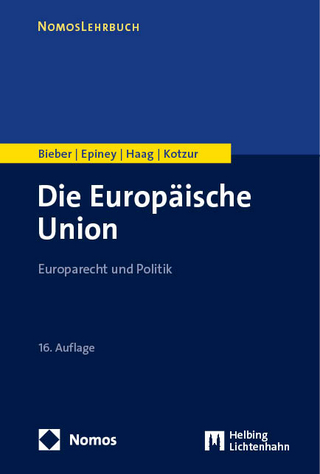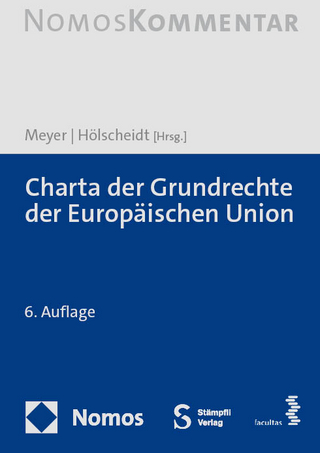
Global Corpse Politics
The Obscenity Taboo
Seiten
2021
Cambridge University Press (Verlag)
978-1-316-51165-7 (ISBN)
Cambridge University Press (Verlag)
978-1-316-51165-7 (ISBN)
What makes a photograph of a dead body obscene? Auchter offers a genealogy of obscenity that argues this process is highly political. She explores how and why some images are framed as ethically necessary to view, while others are displayed as spectacles, and others deemed too graphic for viewing.
Taboos have long been considered key examples of norms in global politics, with important strategic effects. Auchter focuses on how obscenity functions as a regulatory norm by focusing on dead body images. Obscenity matters precisely because it is applied inconsistently across multiple cases. Examining empirical cases including ISIS beheadings, the death of Muammar Qaddafi, Syrian torture victims, and the fake death images of Osama bin Laden, this book offers a rich theoretical explanation of the process by which the taboo surrounding dead body images is transgressed and upheld, through mechanisms including trigger warnings and media framings. This corpse politics sheds light on political communities and the structures in place that preserve them, including the taboos that regulate purported obscene images. Auchter questions the notion that the key debate at play in visual politics related to the dead body image is whether to display or not to display, and instead narrates various degrees of visibility, invisibility, and hyper-visibility.
Taboos have long been considered key examples of norms in global politics, with important strategic effects. Auchter focuses on how obscenity functions as a regulatory norm by focusing on dead body images. Obscenity matters precisely because it is applied inconsistently across multiple cases. Examining empirical cases including ISIS beheadings, the death of Muammar Qaddafi, Syrian torture victims, and the fake death images of Osama bin Laden, this book offers a rich theoretical explanation of the process by which the taboo surrounding dead body images is transgressed and upheld, through mechanisms including trigger warnings and media framings. This corpse politics sheds light on political communities and the structures in place that preserve them, including the taboos that regulate purported obscene images. Auchter questions the notion that the key debate at play in visual politics related to the dead body image is whether to display or not to display, and instead narrates various degrees of visibility, invisibility, and hyper-visibility.
Jessica Auchter's research focuses on visual politics and culture. She is author of The Politics of Haunting and Memory in International Relations (2014), and dozens of academic articles and edited volume chapters. She is the winner of the Fred Hartmann paper award from the International Studies Association.
1. Visualizing corpse politics; 2. Horrifically graphic: the obscene corpse; 3. The visual politics of ISIS beheadings; 4. Dead terrorists and dead dictators; 5. Proof of death: evidence and atrocity; 6. Displaying the dead body: Some conclusions.
| Erscheinungsdatum | 27.09.2021 |
|---|---|
| Reihe/Serie | Cambridge Studies in International Relations |
| Zusatzinfo | Worked examples or Exercises |
| Verlagsort | Cambridge |
| Sprache | englisch |
| Maße | 158 x 235 mm |
| Gewicht | 460 g |
| Themenwelt | Recht / Steuern ► EU / Internationales Recht |
| Recht / Steuern ► Öffentliches Recht ► Völkerrecht | |
| Sozialwissenschaften ► Politik / Verwaltung ► Europäische / Internationale Politik | |
| ISBN-10 | 1-316-51165-0 / 1316511650 |
| ISBN-13 | 978-1-316-51165-7 / 9781316511657 |
| Zustand | Neuware |
| Haben Sie eine Frage zum Produkt? |
Mehr entdecken
aus dem Bereich
aus dem Bereich


